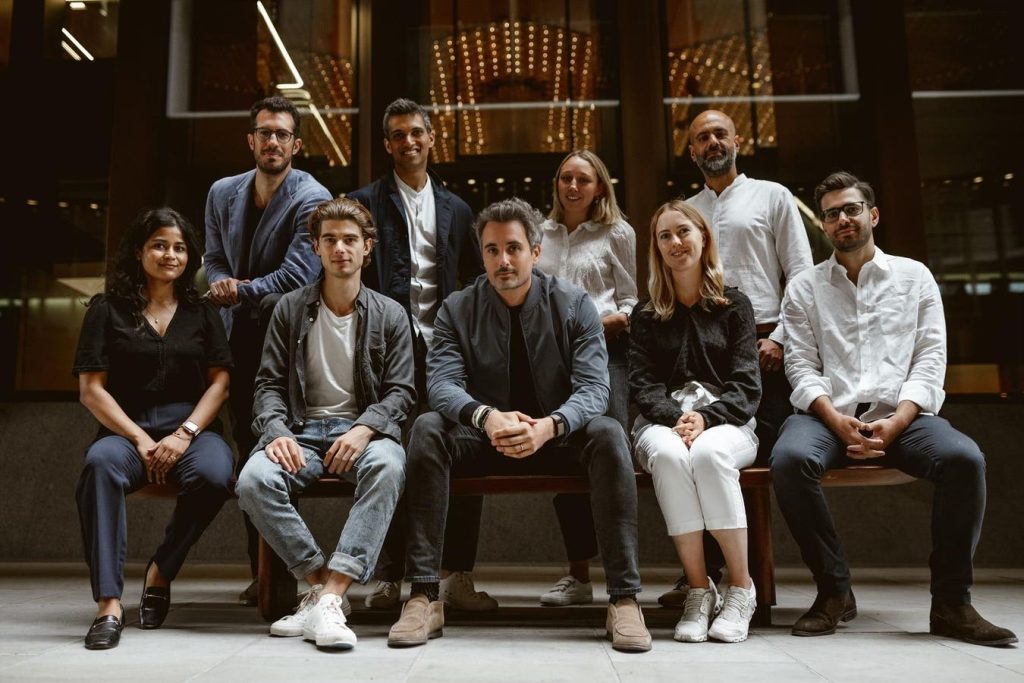Revolution Under Construction: How Tech Startups Are Reshaping the Built World
The construction site, a familiar tableau of heavy machinery, high-visibility jackets, and ubiquitous mud, seems frozen in time. Yet, beneath this seemingly traditional exterior, a technological revolution is brewing, fueled by ambitious tech startups eager to modernize a historically conservative industry. Contrary to the perception of an impenetrable sector dominated by established giants, startups focusing on the built world are attracting significant investment, poised to reach $24 billion globally this year. This surge in funding highlights the growing recognition of the built world’s potential for disruption and the vital role technology will play in its future.
The built world encompasses more than just the physical structures we inhabit. It extends to the intricate networks of energy, resource management, and the entire lifecycle of assets within these environments. This broader perspective opens a wealth of opportunities for startups to address challenges ranging from decarbonizing energy consumption to optimizing resource efficiency and managing the end-of-life cycle of building components like solar panels and batteries. This interconnectedness highlights the overlap between built-world startups and those operating in other sectors, particularly climate tech. The industry’s push towards sustainability is driving investment in areas like smart grid technology and electrification, fostering synergy and cross-sector innovation.
The rise of robotics and automation is another significant trend shaping the built world. Investment in industrial automation has seen a substantial increase, alongside an even more dramatic surge in funding for robotics specifically designed for building operations. This signifies a shift towards embracing technologies that can enhance efficiency, improve safety, and address labor shortages in construction and maintenance. While traditionally wary of capital-intensive hardware projects, venture capitalists are increasingly recognizing the potential of robotics and automation to transform the industry, fueling investment in both hardware and software solutions.
This shift in investment strategy is driven by the evolving demands placed on built-world companies and the emergence of new technological capabilities. Advancements in robotics and artificial intelligence are creating smarter, more user-friendly machines, while the rollout of 5G provides the necessary infrastructure for faster development and scalability. These advancements are also enabling more cost-effective hardware development, making it possible for startups to create asset-light business models, even in traditionally hardware-heavy sectors. Venture capitalists are now more willing to support technology development through partnerships with suppliers, focusing their investments on R&D and market entry rather than the capital-intensive manufacturing process.
For startups to successfully navigate the built world, they must offer "must-have" solutions that deliver clear return on investment for end-users. This could be in the form of improved operational efficiency, financial gains, or enhanced system capabilities. By addressing critical pain points and providing tangible value, startups can secure buy-in from potential customers and gain a foothold in the market. One example of this approach is Smalt, a Berlin-based startup that provides trained workers for installations of heat pumps and solar panels, addressing the acute labor shortage in the industry. Their hybrid training academy equips unskilled workers with the necessary skills, while their workflow tools ensure quality control and provide customers with transparent progress reports.
Successfully pitching to established players in a conservative industry requires a deep understanding of their needs and challenges. Startups must listen to the industry giants, identify their pain points, and demonstrate how their solutions can address these challenges collaboratively. Building relationships with potential customers, involving them in the innovation journey, and demonstrating the value proposition through pilot projects are crucial for gaining acceptance and securing long-term partnerships. The opportunity lies in the fact that incumbent players recognize the need for innovation but often lack the internal capabilities to execute it themselves. By offering targeted solutions and demonstrating a willingness to collaborate, startups can carve a valuable niche in this evolving landscape and play a pivotal role in shaping the future of the built world.













